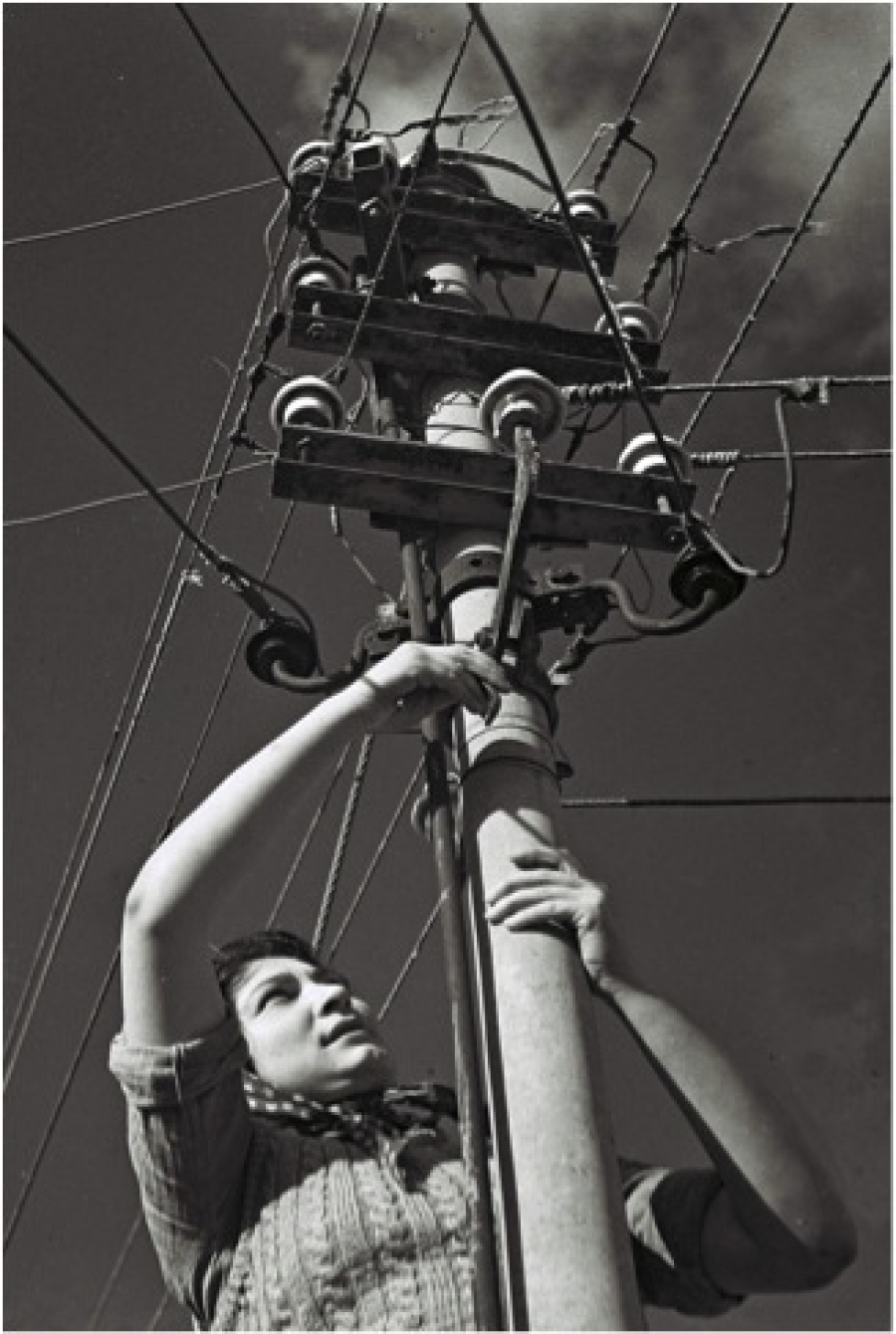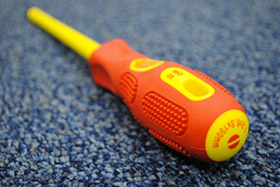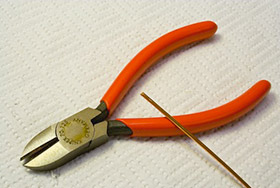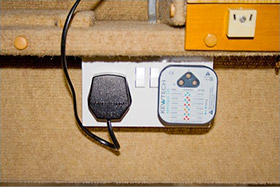Helpful Electrical Tools for DIYers
Need to tackle an electrical project, like installing a ceiling fan or lighting? Find out which electrician's tools you'll need to DIY.
 Government Press Office
Government Press Office
Electricity has been an intrinsic part of all our lives for a long time. Its current flows around us at all times, powering our homes, our places of work and the majority of devices we use every day. Because we are a nation of do-it-yourselfers, when it fails many of us feel inclined to try and fix it ourselves. However, if you donít have access to the correct equipment to do the job properly it can be very dangerous. For all those enthusiastic home electricians, here is a list of some of the essential tools you will need to do a good job safely.
Hand Tools
Both hammers and screwdrivers are the bread and butter tools for almost any DIY job, but when working on electrics it is a lot safer to use specially designed versions of each.

Electricianís Screwdriver
While still providing the ability to drive and unscrew screws into and out of materials, the handle and metal shaft of an electricianís screwdriver has extra insulation, designed to provide more protection against shocks. Itís always better to buy a set that includes both Phillips and flat-head screwdrivers of various sizes because of the many different types of screw you might encounter in sockets and other parts of your electrical system.
Electricianís Hammer
Like the screwdriver, an electricianís hammer has extra insulation to protect against shocks. This includes a rubber coated grip and an insulated fibreglass handle that connects the grip to the hammerís head. The best electricianís hammers have specifically designed striking faces which make it easier to hammer nails in the confined spaces that many electrics are housed within.

Wire cutting tools
Wire is the conduit for electricity, so if you have any aspirations of becoming a home electrician you are definitely going to need some decent wire-cutting tools.
Cable Strippers
These are the most basic wire cutting tools, but are perhaps the most essential. They work by fitting over the end of a wire and stripping the plastic sheathing off a cable without damaging the aluminium and copper underneath. If you are going to try and form any wired connections, you need a pair of these. In terms of safety, make sure you buy a pair of cable strippers with fully insulated rubber grips to once again reduce the risk of any nasty possible shocks.
Multi-Function Wire Cutter
As well as being able to perform the function of cable strippers, the multi-function wire cutter can perform a wide range of other functions, hence the name! The most useful of which are measuring the thickness of wire and making crimp wire connections. For those that donít know, crimping is the ability to attach the connectors that are needed to connect wire to electrical terminals. Again, to increase your safety when using the tool, buy multi-function wire cutters that include insulated grips.
Side Cutters
Side cutters are wire cutters that feature jaws at a diagonal angle, making them more suitable for cutting wires in enclosed spaces. They, like the other cutters, can also be used to strip the plastic coating off wires. If youíre looking for purchasing recommendations, then Knipex fully-insulated side cutters are some of the safest available on the market.

Electrical testing equipment
Left to last, electrical testing equipment is the most important for keeping safe and a must-have tool for any do-it-yourself home electrician. The volt stick and the socket tester are two of the safest electrical testing tools to use because they donít require the user to perform any complex connections to a circuit.
Volt stick
This is the easiest tool to use for checking if there is any AC voltage (the type of current that is used to power homes) running through a circuit. Often resembling a pen in its shape, you use the volt stick by simply touching connection points such as sockets and junction boxes with the tip, which then lights up if there is any AC voltage present in the circuit. This is the ideal tool for a beginner home electrician, as it allows you to test for the presence of dangerous AC voltage within a circuit before starting work.
Socket tester
Looking very much like a plug, the socket tester does exactly what you might expect by testing for faults in your sockets. Regardless of whether you have fitted the socket yourself, this device is ideal for ensuring you donít do yourself or the device you are plugging in any damage. It works by giving a reading through three LED lights that illuminate in accordance to the nature of the fault, or lack thereof.
Disclaimer
Although many electrical tools include protective insulation, you should never attempt to start work on an electrical circuit until the power has been switched off at the mains. The featured tools are only suggestions to help the home electrician perform a safer job. Electric current is highly dangerous, with Government statistics stating that each year 70 people are killed and 350,000 are injured in electrical accidents at home. So, if youíre not totally confident in your abilities or the job at hand is too complex, please call in the help of the professionals.

Estelle Page
Estelle Page is the Home & Living editor of GKBC. Sheís currently renovating her old Victorian home and has learned one important thing Ė itís cheaper to buy one high-quality tool than to keep replacing cheaper tools as they break! She recommends checking out this guide to electrical tools if youíre planning any DIY jobs that involve electricity: http://www.alertelectrical.com/32/tool-guides.

